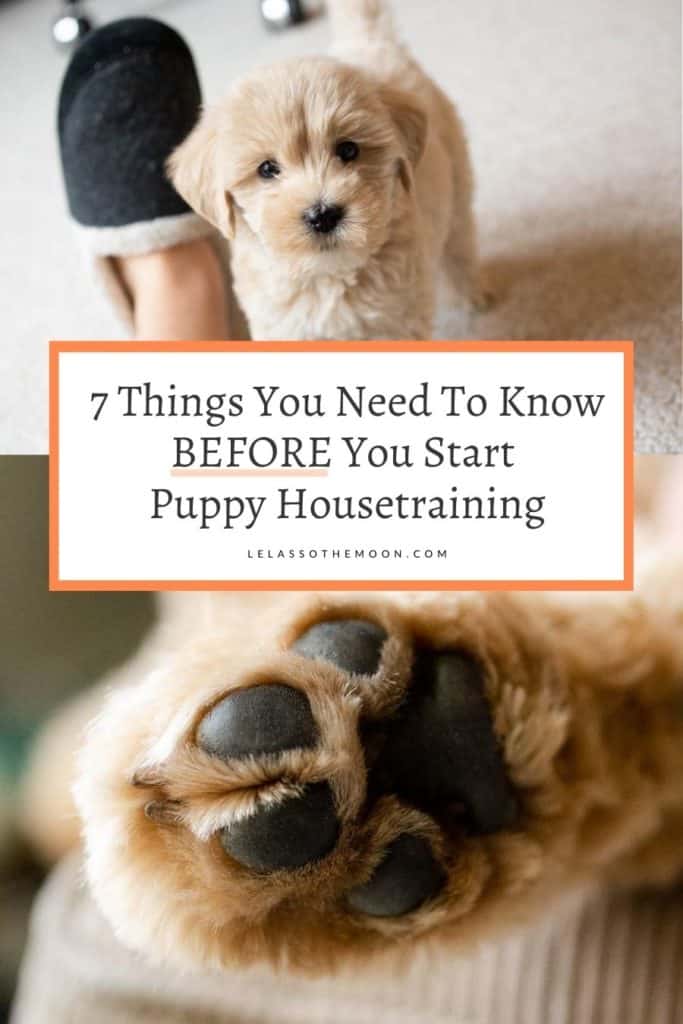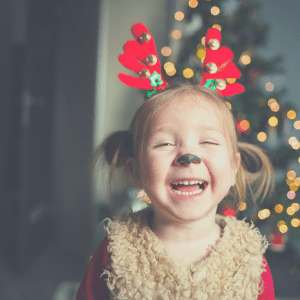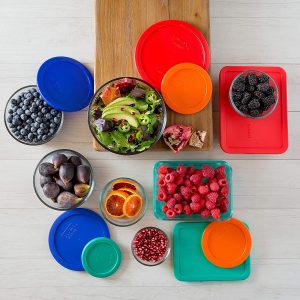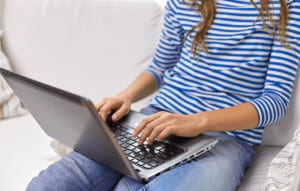INSIDE: Learning how to potty train a puppy is an important first step in building a long, happy life together. When you start housetraining your dog, you need to…
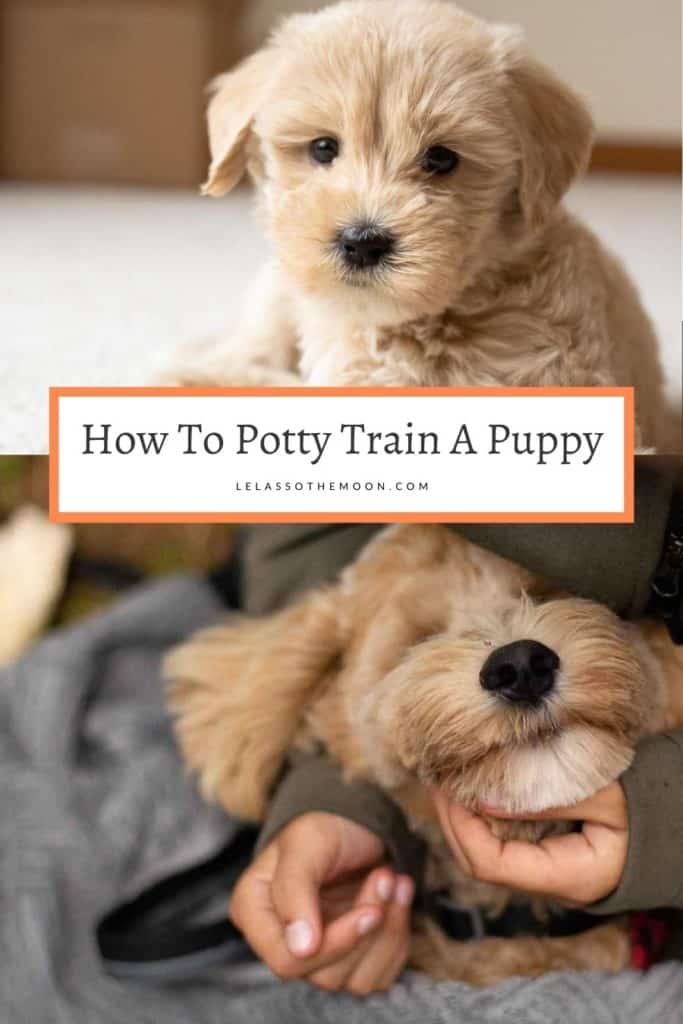
PLEASE NOTE: This post contains affiliate links. If you purchase something through links in this post we may receive a small commission at no extra charge to you.
Are you planning on getting a new puppy?
Potty train your dog is one of the most important steps you can take in building a strong bond and a long, happy life together. It is best to have a solid plan BEFORE bringing your puppy home, so you're on the right track doing this research.
Let's dive right in!
1. Use the "Puppy Potty Training Equation" as a general guideline for getting started.
Not sure how often to take your puppy outside to potty?
The first few days, take your puppy for a break every hour to get them into the habit of going outside. After they start to consistently go when taken out, move to a potty schedule every two hours during the day.
As your puppy ages, use the puppy potty training equation as a general rule of thumb.
Puppy Potty Training Equation: Your puppy can generally "hold it" for as many months as she is old, plus one additional hour.
For example, a two-month-old puppy that would be a total of three hours (age 2 + 1 = 3 hours).
2. Get yourself a good audiobook when puppy potty training.
When dog training, puppies feed off their owner's energy. In other words, if you are feeling anxious or impatient and are trying to rush your puppy to relieve herself, it will stress your dog out.
Go into puppy potty training expecting wait time throughout the day. Your puppy needs to focus on their business, without distraction or pressure.
Be ready to be patient!
Here are a few ideas for utilizing the time:
- Get yourself an Audible subscription and start a new book
- Listen to a podcast (we love Zac George's positive pet training approaches)
- Send a "remember when" text to a friend
- Clean your email inbox
- Do a five-minute meditation through the free app HeadSpace
Give treats, words of praise, and lots of love every time your puppy eliminates outside.
BONUS TIP: Dress for success — If it is cold or raining, gear up! Be prepared for a patient wait, no matter what the weather.
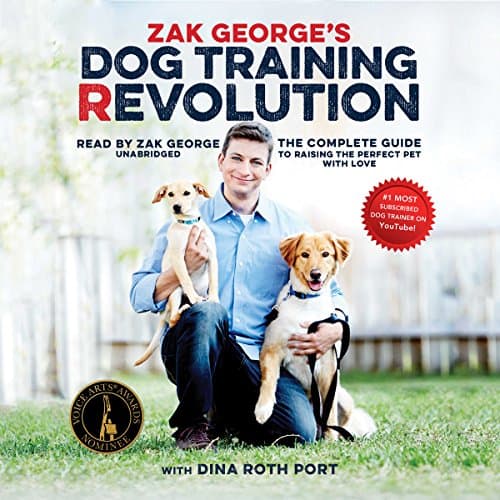
Amazon: 4.5 out of 5 Stars / 2,200 Reviews
3. How to train a puppy for potty? Understand and work WITH their biology.
If you're looking for simple tips on how to potty train a puppy, this is an EASY win.
Take advantage of your puppy's natural biology — their digestive tract is extremely quick and efficient. Ten to thirty minutes after eating, your puppy will want to defecate.
Be consistent with feeding three to four times a day (depending on your vet's recommendation) and taking your dog out afterward — You've got an instant triple WIN daily.
BONUS TIP: Take your puppy out to the same area outside every time during housetraining. Dogs develop preferences for peeing in certain spots.
The repetitive location, plus a simple "go potty" command will have you on the puppy potty training fast track.
4. Create a puppy potting training schedule that is consistent (and follows YOUR lifestyle).
Dogs thrive on consistency. Your puppy potty training schedule will naturally fall into place:
- Potty immediately when getting out of the crate
- Defecate 10-30 minutes after eating (3-4 times a day)
- Follow the puppy potty training equation to avoid accidents
- Take your dog out as part of their bedtime routine
- Be ready to get up in the night for potty breaks
When your dog wakes up or goes down at the end of the night should depend on your lifestyle and preferences. Start as you mean to go on!
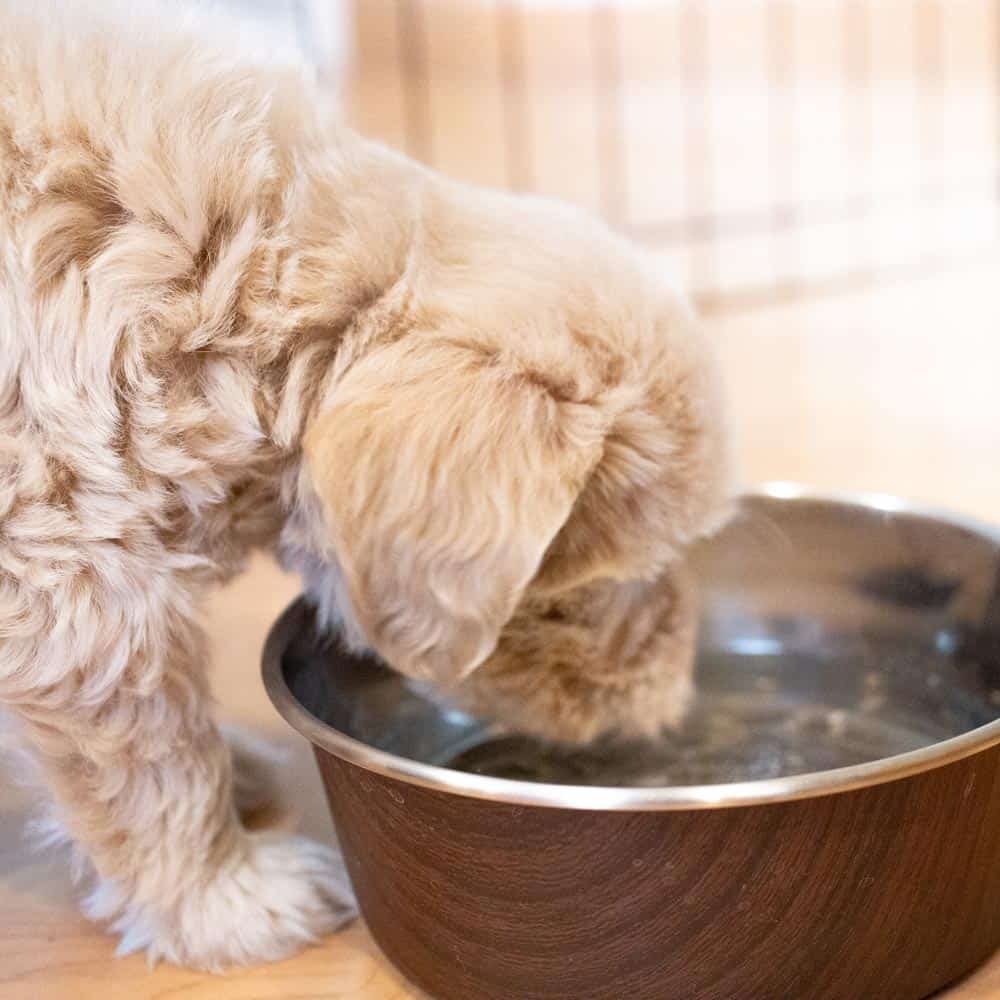
BONUS TIP: Put your dog's water bowl up two to three hours before bedtime to speed-up nighttime potty training.
5. The easiest way to potty train a puppy is to work WITH their natural instincts.
You've got Mother Nature on your side when it comes to potty training.
When puppies are first born, the mother's ensures that there is never a scent of urine or feces in the family den where the puppies eat, sleep, or live.
Crate training exponentially speeds up potty training because dogs instinctively keep their living area clean — they don't like to soil their sleeping and eating areas.
Give your puppy the gift of a den in your home.
Start using a crate with your puppy the day they become part of your family. This will give them a sense of security and it truly is the easiest way to potty train a puppy at night.
Not sure how to potty train a puppy with a crate?
Here are some tips for getting started with crate training...
To ensure you have puppy potty training success, be sure to get a crate that includes a divider. We also highly recommend MidWest crates. Check out the options below!
CHECK OUT MIDWEST CRATES ON AMAZON
This post contains affiliate links. If you purchase something through the link we may receive a small commission at no extra charge to you.
BONUS TIP: When puppies are about to defecate, they will start sniffing the area and circle before squatting. If you see this action, grab your pup and run for the door!
If you consistently take your pup out after meals and watch for "poop circling," you've got the secret for how to potty train a puppy FAST!
6. Invest in a sturdy baby gate when you are puppy potty training.
One of the primary goals of puppy potty training is to teach our dogs that our house is their house.
Again, puppies instinctively like to keep their eating, sleeping, and living areas clean. The problem is...
It takes puppies a while to generalize that our WHOLE house is their home. This is something we need to teach them!
We train puppies to respect the whole house as "their own living space" with a three-step process:
- Start the puppy off in one room of your house, using baby gates to secure the area.
- Once your puppy is accident-free in the first zone of your home, slowly introduce the puppy to another space where they can roam freely.
- Continue this process for the remainder of your home one room at a time, always keeping an eye on your pup as they acclimate to the new space.
The kitchen is often a great starting place because the flooring is conducive to accident clean-up! Wait until you've had at least a week or more accident-free before opening up another room of your home.
Housetraining is easier and faster when you control your dog's environment.
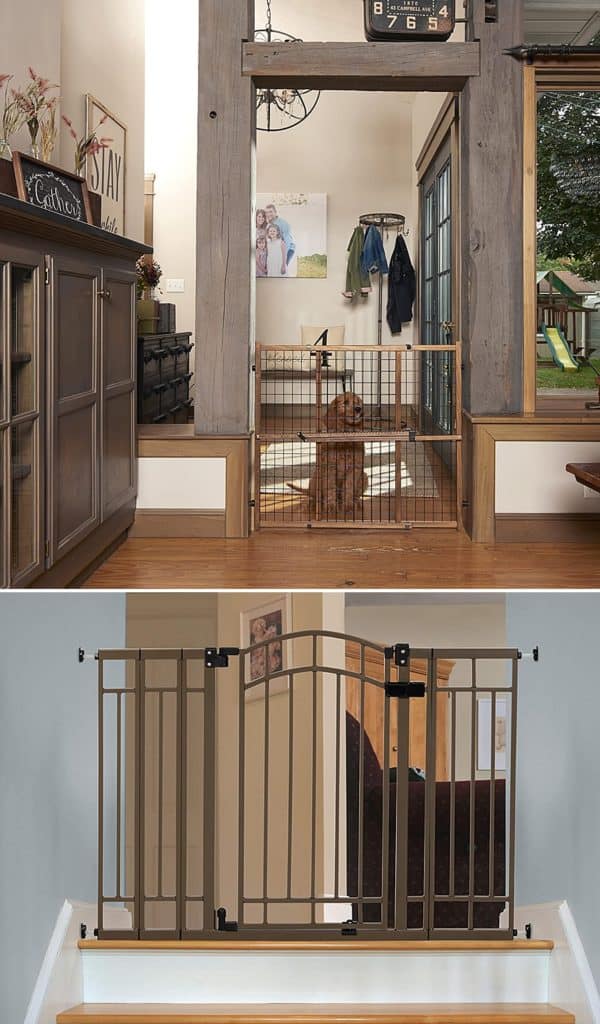
BONUS TIP: We started with a traditional pressure mount farmhouse gate and quickly realized we needed something easier for longterm housetraining.
We upgraded to a decorate, walk-through, metal gate (9,000 reviews | 4.5-star rating), and love it. You can direct mount or pressure mount the gate!
We used these Wall Nanny pads with the pressure mount to ensure it kept the walls clean and scuff free.
I'd highly recommend investing in this solution for being able to come and go between rooms as you housetrain your puppy.
7. The first few days of doggy housetraining matter the most.
Puppy potty training will be easier and faster if you start housetraining as soon as your puppy comes home. The first 24-72 hours will set you up for success or for struggles.
If you're able to work remotely or have vacation time available, experts recommend taking a week or two off when getting a puppy.
This will give you time to introduce the crate properly and consistently potty train your pup.
The time off also gives you the ability to create a strong bond with your puppy. Over time, that bond will continue to be the most important tool for successful training, no matter what you're attempting to teach your dog.
And in the end, isn't that what this is all about?
Love this post on puppy potty training? Sharing it would make our week. 💛
It would make our week if you took a second to share this puppy housetraining post with other paw parents on your favorite social media spot. That's how we know we're on the right track and should continue writing more posts like this!
